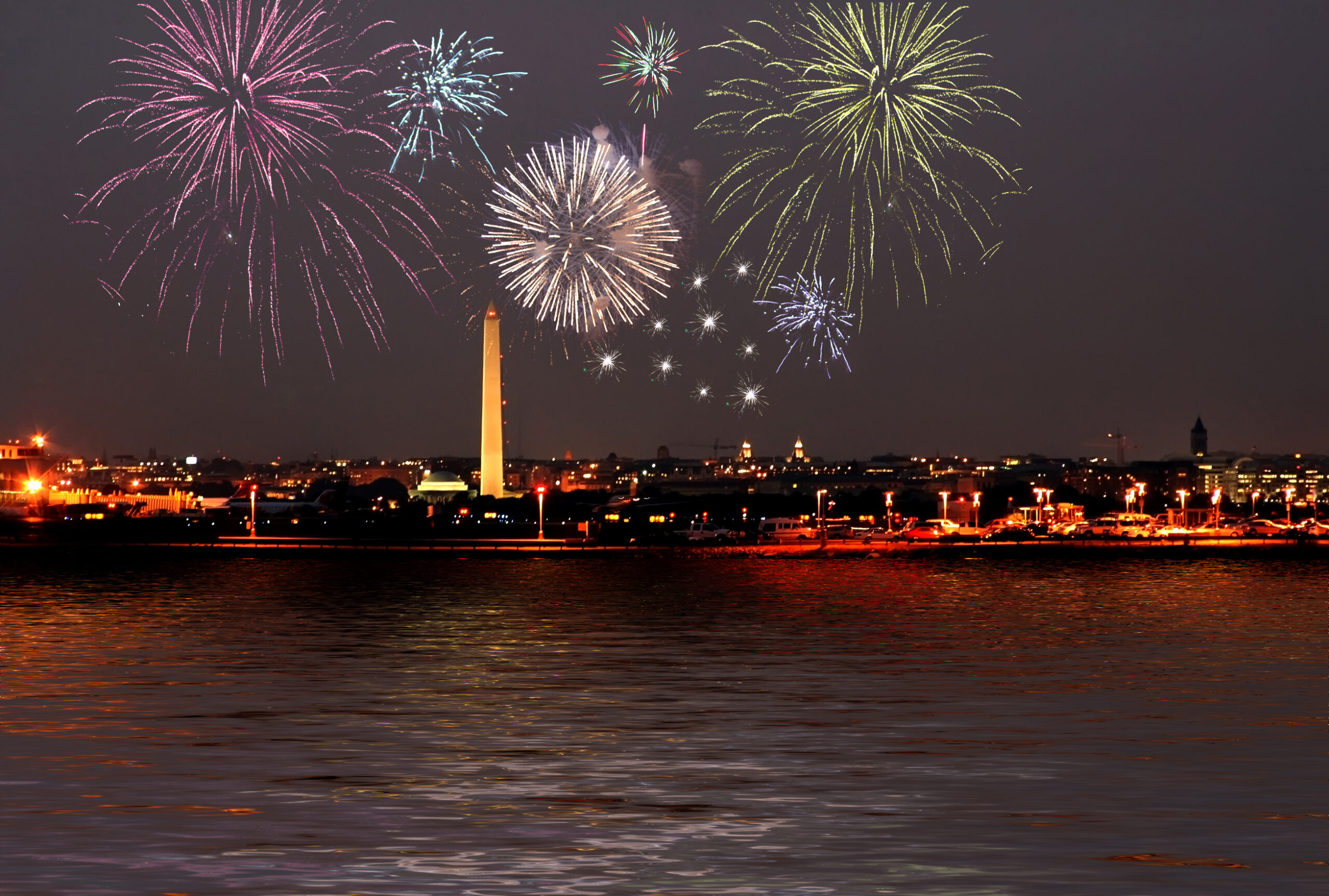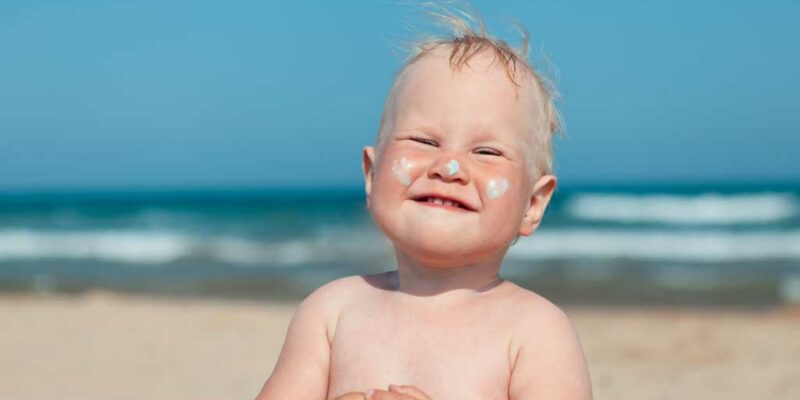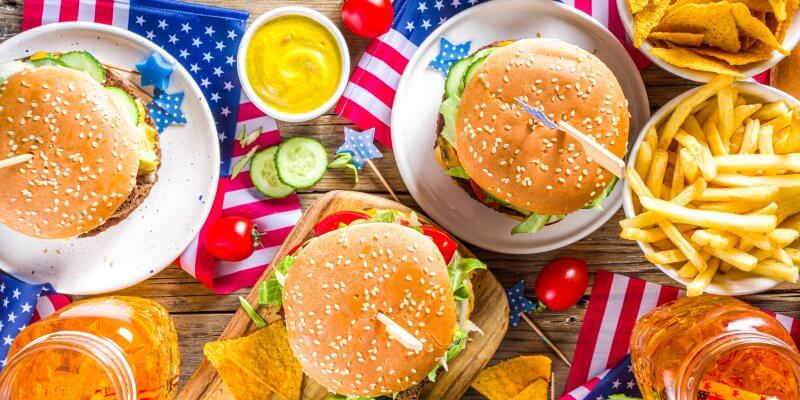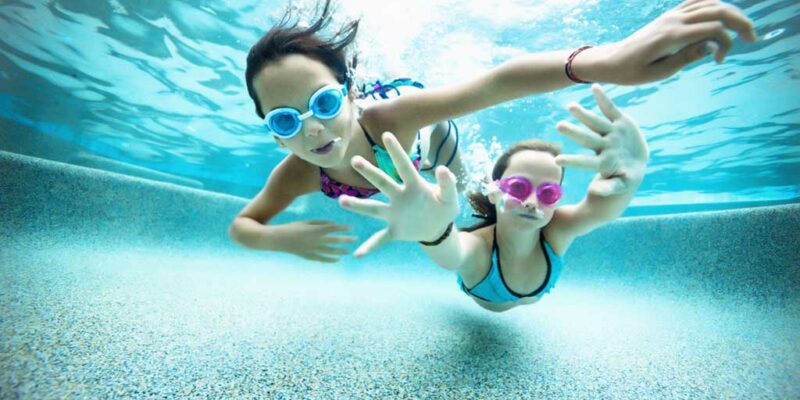The Origins of Fireworks
On the Fourth of July, fireworks illuminate the sky in dazzling displays of pyrotechnics. Fireworks are a marvel of chemistry, dating back to ancient China.
In China, around 600 to 900 A.D., the first known fireworks crackled in the sky. Originally created to ward off evil spirits, Chinese alchemists made these illuminating lights by combining saltpeter (potassium nitrate, a type of food preservative), charcoal, sulfur and other ingredients, creating an early version of gunpowder. When thrown into a fire, the mix would explode with a loud bang.
Gradually, Chinese gunpowder samples and the chemical formulas used to make fireworks began to spread across the Silk Road to European and Middle Eastern countries, which used fireworks to mark military engagements as well as festive celebrations.
Colorful explosions closer to what we see today at our fireworks displays came in the 1830s, when Italian inventors added metals like strontium, to make red fireworks, and barium, to make green fireworks. From then on, fireworks took on entirely new, vibrant lights and colors.
Science Behind Fireworks and Handheld Sparklers
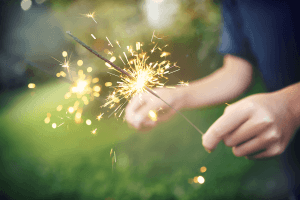 The dazzling light shows that light up the sky every Fourth of July are actually carefully crafted chemical reactions. There are three types of fireworks—aerial displays, sparklers, and firecrackers, but they all require the same four basic kinds of chemical substances: an oxidizer, a fuel, a colorant and a binder.
The dazzling light shows that light up the sky every Fourth of July are actually carefully crafted chemical reactions. There are three types of fireworks—aerial displays, sparklers, and firecrackers, but they all require the same four basic kinds of chemical substances: an oxidizer, a fuel, a colorant and a binder.
What are fireworks and sparklers made of?
The typical firework mixture consists of fuel, an oxidizer, like nitrates, chlorates, and perchlorates, to provide the oxygen necessary for burning, and metal chlorides, which contain the chloride ion that help make the colors.
A sparkler is a type of hand-held firework that burns slowly and emits colored flames, sparks and other effects. Sparklers are typically made from a metal wire coated with a mix of potassium perchlorate, titanium or aluminum, and dextrin.
How do fireworks get their color?
When the firework stars, the name for the numerous small pellets of black powder from the fireworks explosion, ignite, the metal particles (in the metal salts) absorb a huge amount of energy. Once they begin to cool, the particles emit the extra energy in the form of light. The color of this light depends on the type of metal. Various chemical elements produce a wide variety of colors, such as:
- Green Fireworks
Barium chloride is used to make green. - Red Fireworks
Strontium chloride produces red. - Yellow Fireworks
Sodium, as found in common salt, creates a strong yellow color. - Blue Fireworks
Copper chloride creates blue. - Orange Fireworks
The element calcium creates an orange color.
How do fireworks get their shapes and patterns?
The shape of fireworks is ultimately determined based on how the pellets are arranged within the shell of the firework. Firework stars contain different chemicals or metals to create certain colors.
What causes fireworks to explode and make a sound?
The sonic boom that you hear once you see the bright flashes of fireworks happens as the gases inside the firework expand faster than the speed of sound.
Firework Safety Precautions from the U.S. Consumer Product Safety Commission
As you gather with your friends and family to celebrate the 4th of July, it’s important to celebrate safely with fireworks. The U.S. Consumer Product Safety Commission urges you to celebrate safely this holiday by following these safety tips:
Do
- Do have an adult supervise fireworks activities. Parents don’t realize that young children suffer injuries from sparklers. Sparklers burn at temperatures of about 2,000 degrees – hot enough to melt some metals.
- Do keep a bucket of water or a garden hose handy in case of fire or other mishap.
- Do light fireworks one at a time, then move back quickly.
- After fireworks complete their burning, do douse the spent device with plenty of water from a bucket or hose before discarding it to prevent a trash fire.
- Do make sure fireworks are legal in your area before buying or using them.
Don’t
- Don’t allow young children to play with or ignite fireworks.
- Don’t buy fireworks that are packaged in brown paper — this is often a sign that the fireworks were made for professional displays and could pose a danger to consumers.
- Don’t place any part of your body directly over a fireworks device when lighting the fuse. Back up to a safe distance immediately after lighting fireworks.
- Don’t try to re-light or pick up fireworks that have not ignited fully.
- Don’t point or throw fireworks at another person.
- Don’t carry fireworks in a pocket or shoot them off in metal or glass containers.

